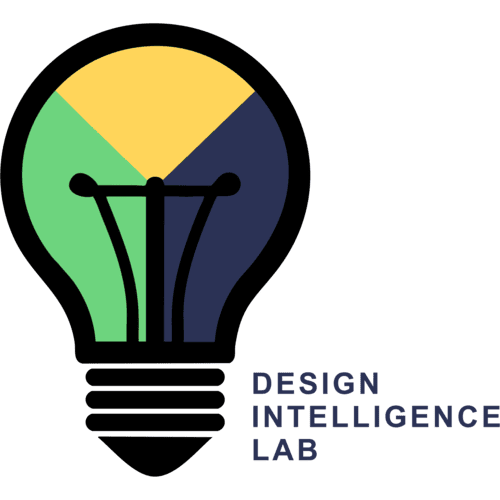Abstract
To reason about complex natural systems, learners need opportunities to develop and represent their ideas about how these systems operate. In our work, we use an explicit conceptual representation – the Structure-Behavior-Function (SBF) ontology (Goel et al., 1996; HmeloSilver et al., 2007; Goel et al. 2009) – to help middle school students model and organize ideas about a one such system, the aquarium ecosystem. Our learning environment embeds SBF thinking in technology including simulations, digital modeling environments, and hypermedia (Hmelo-Silver et al., 2008). These tools allow students to formulate, test, refine, and repair their mental models of the system dynamically. In particular, we report on one aspect of this work which focuses on the second theme of the symposium, the development and study of tools to support students in working with models. In this paper, we present data on how three different teachers used the same tool to achieve their learning goals through different task structures. Further, we provide an analysis of student-generated models from each of these classrooms based on an SBF coding scheme to gain a better understanding the type of knowledge that students are representing through modeling practices. We provide evidence on how making the SBF representation scheme explicit can foster student representations that go beyond the structural representation (the “what”) of a system and include articulations that provide dynamic and procedural aspects (the “how” and “why”).
